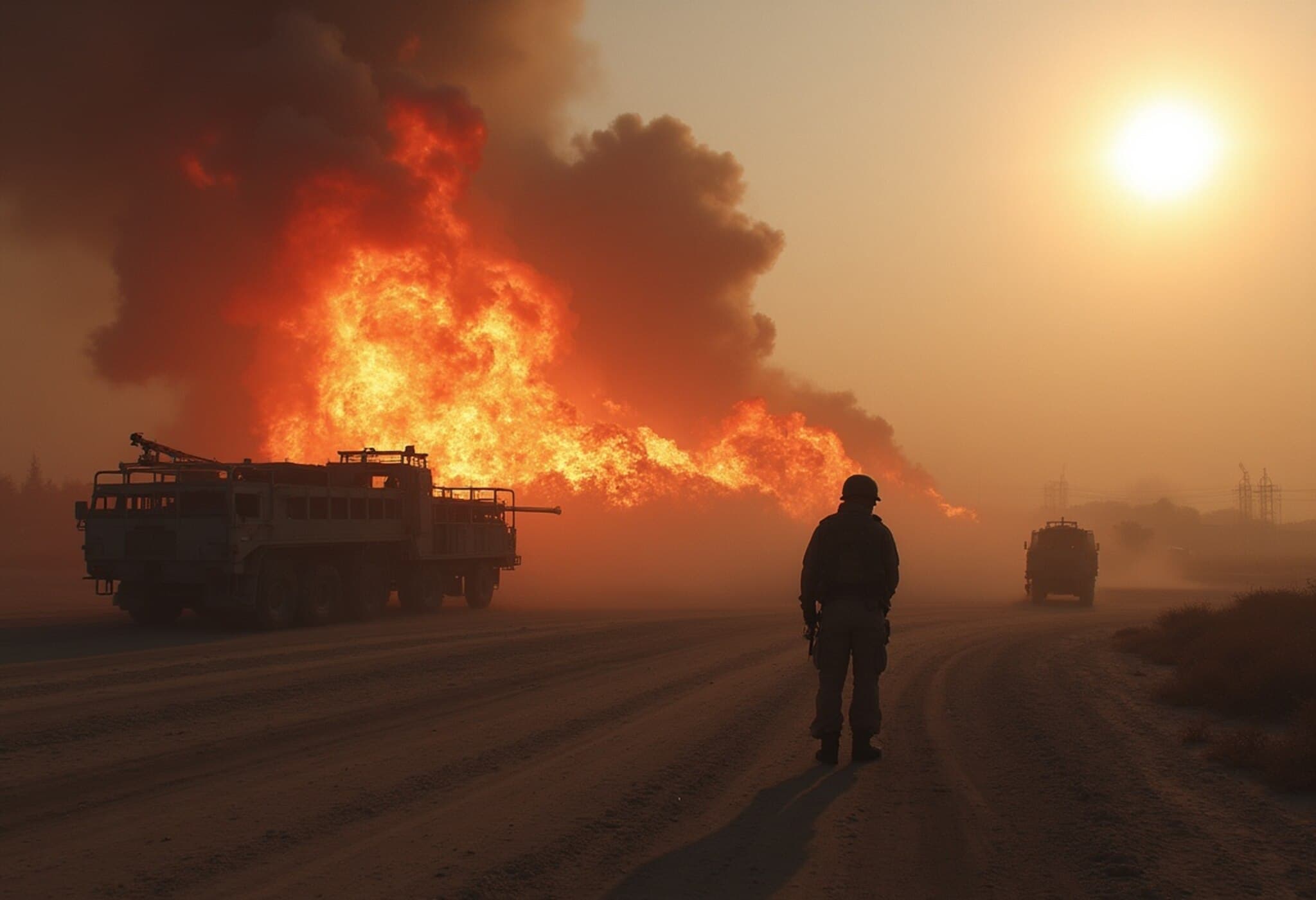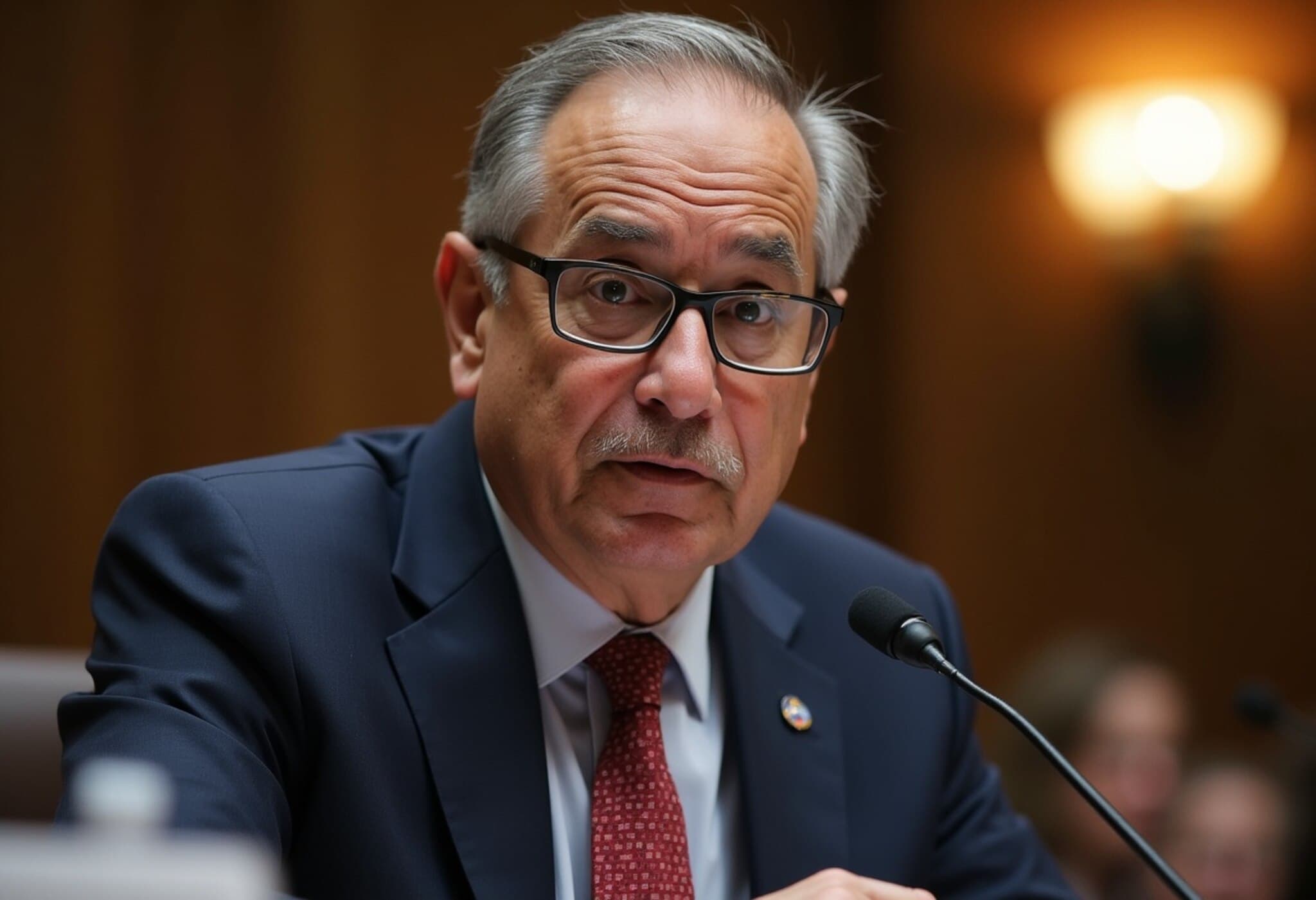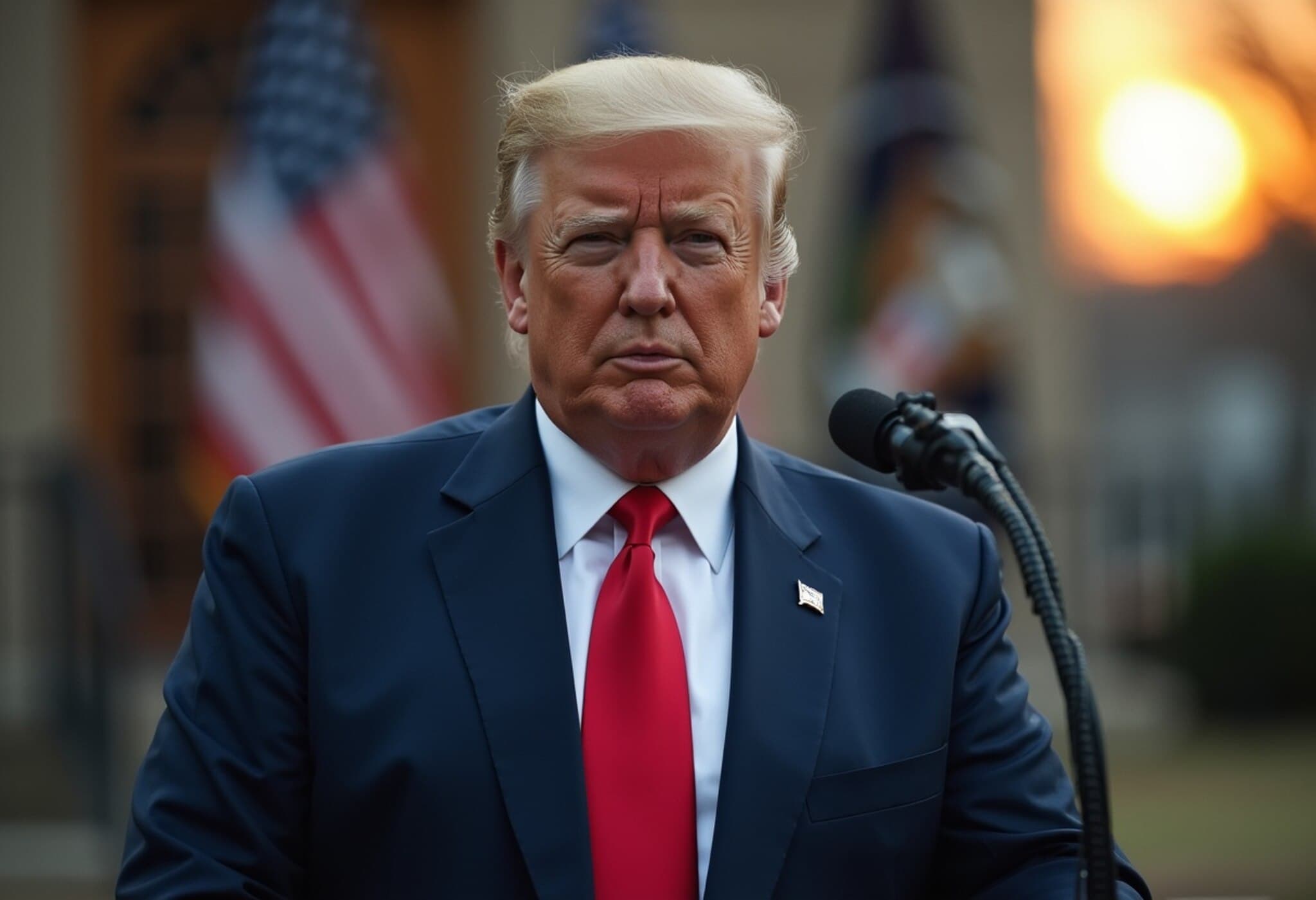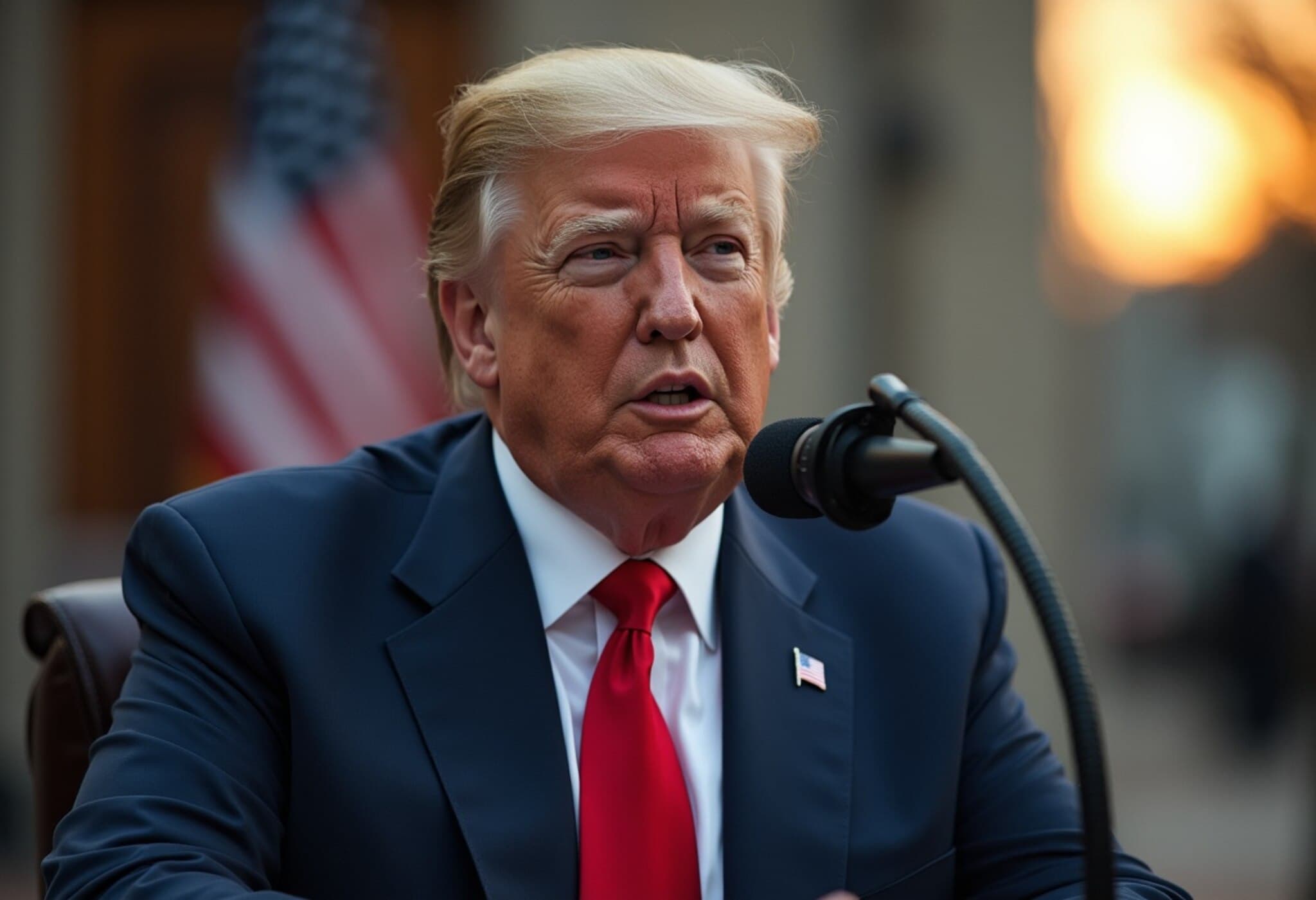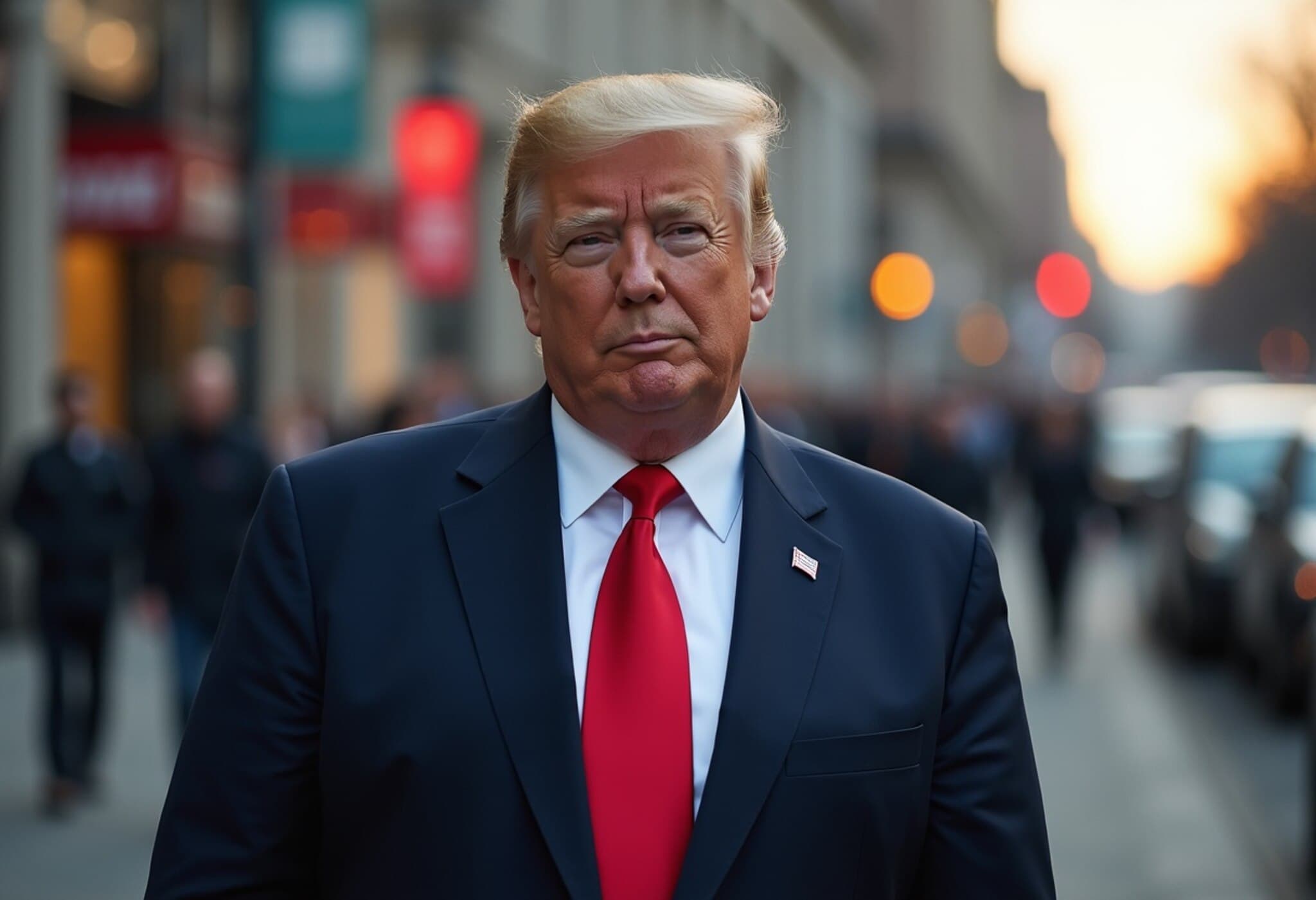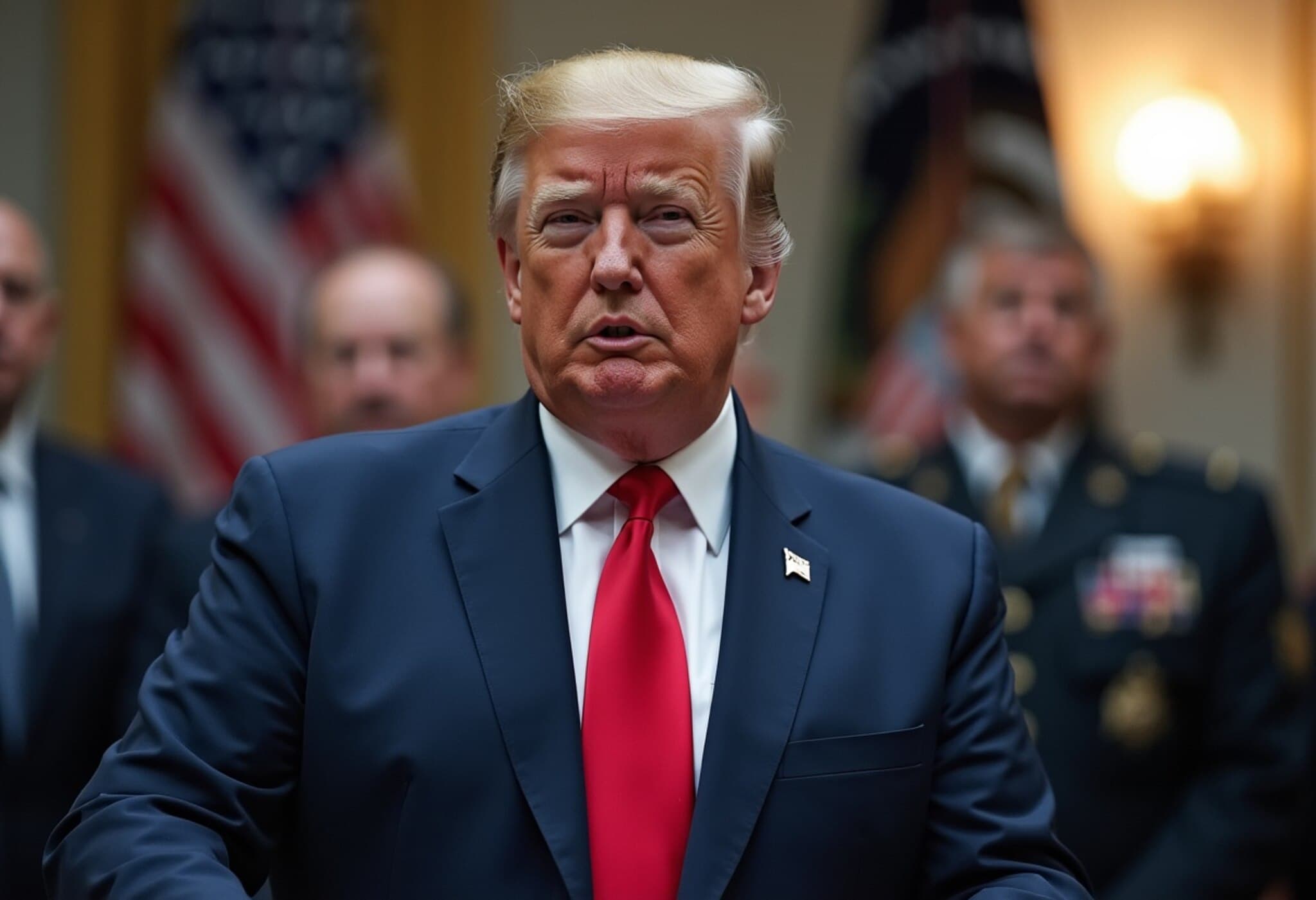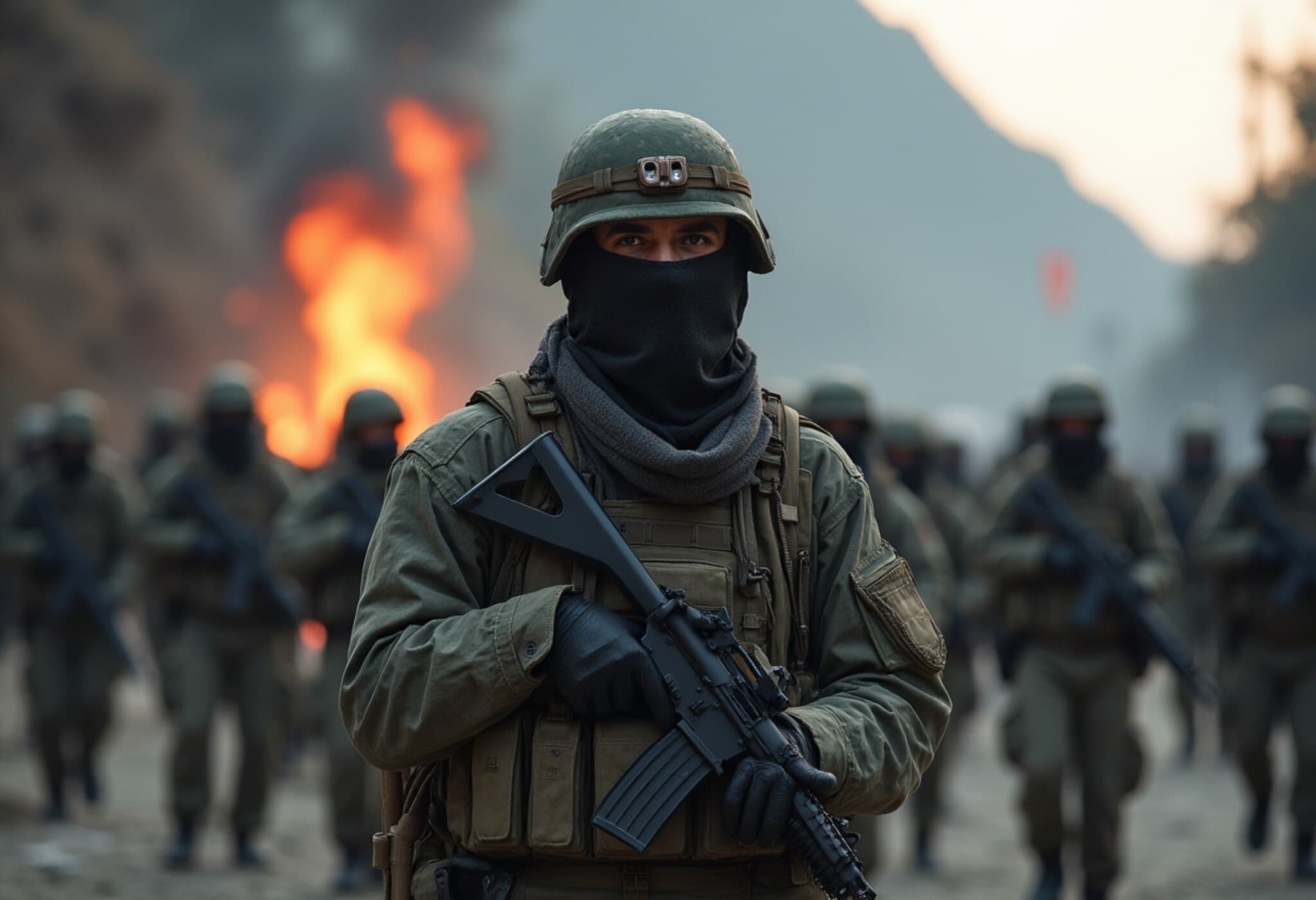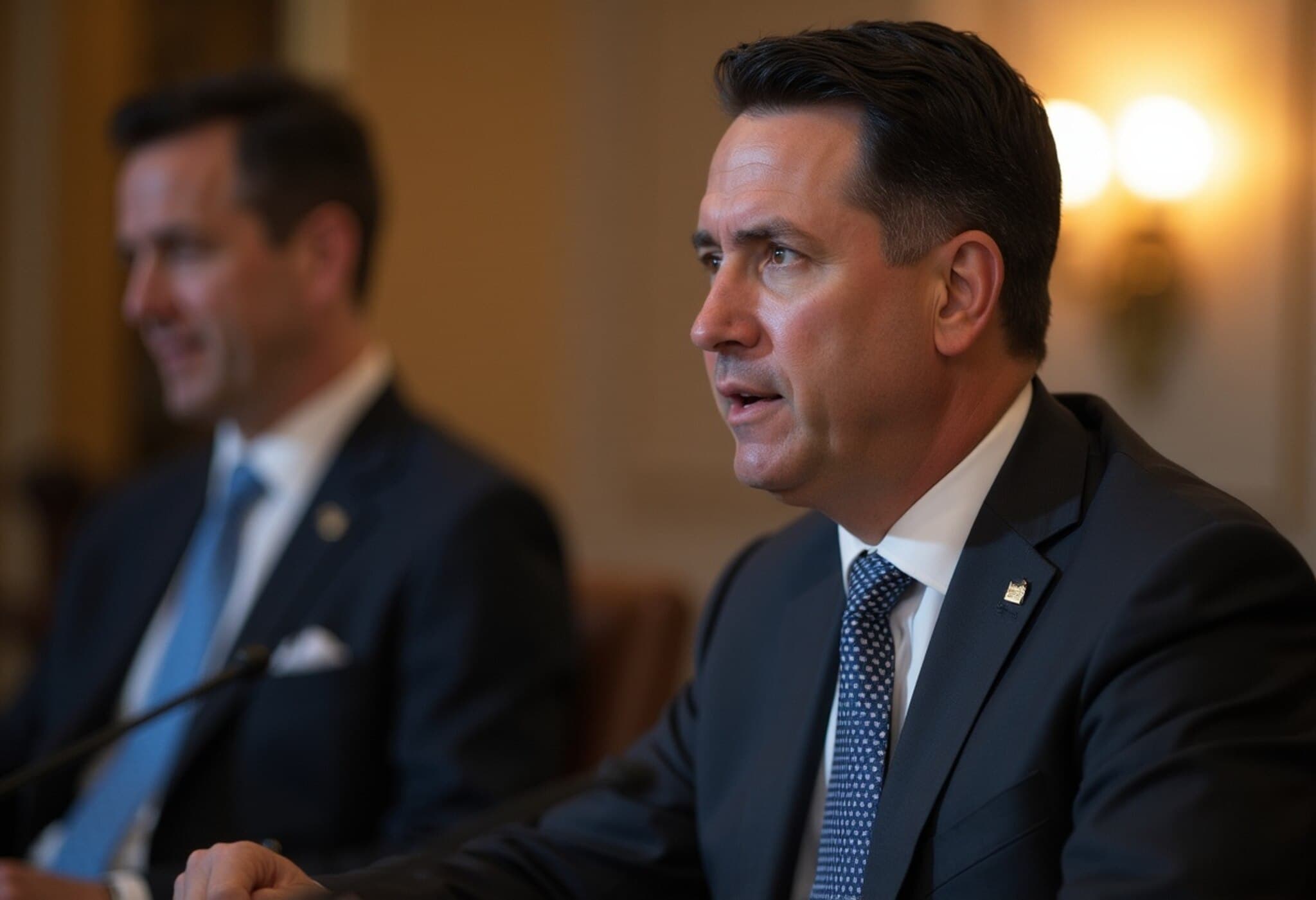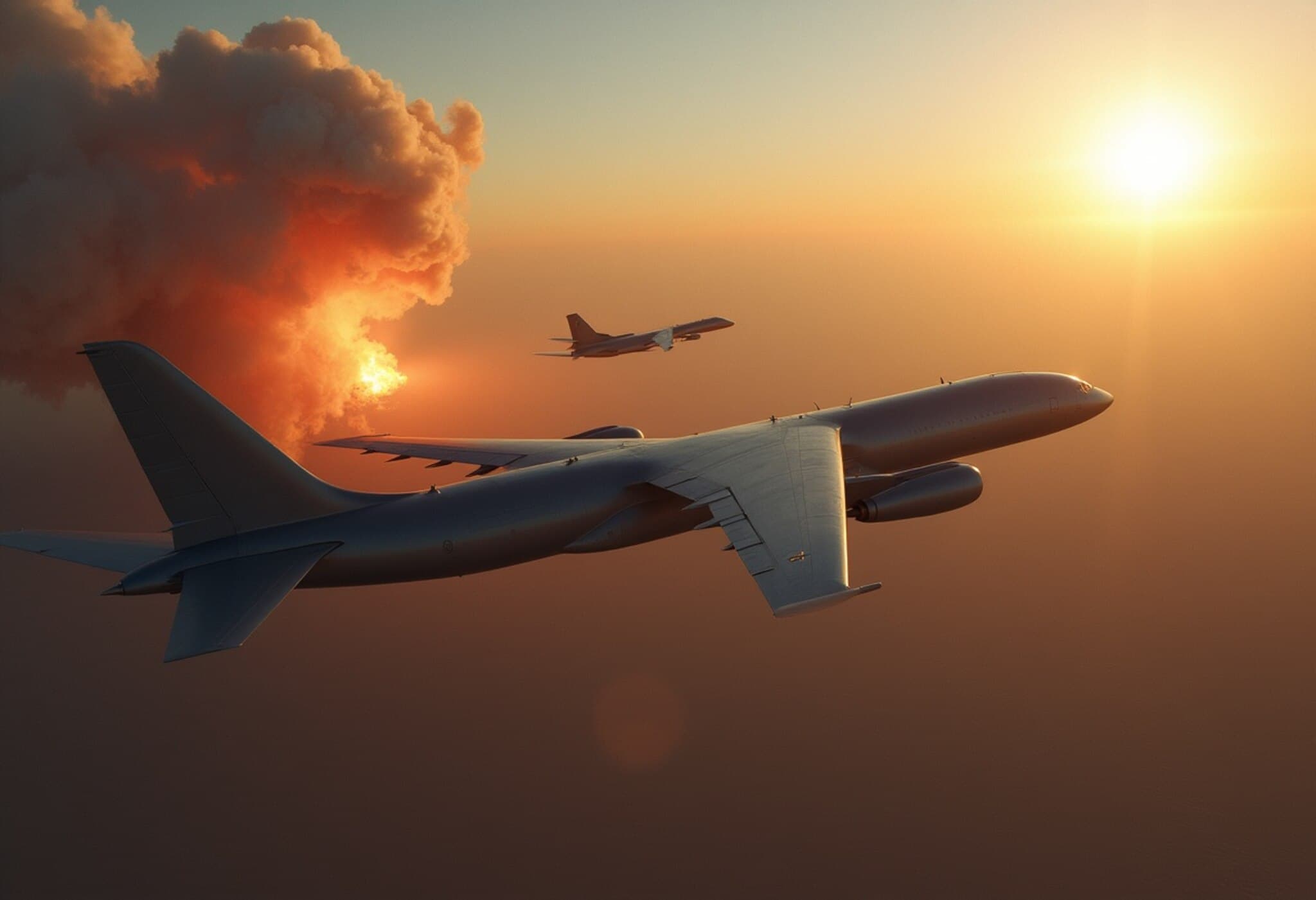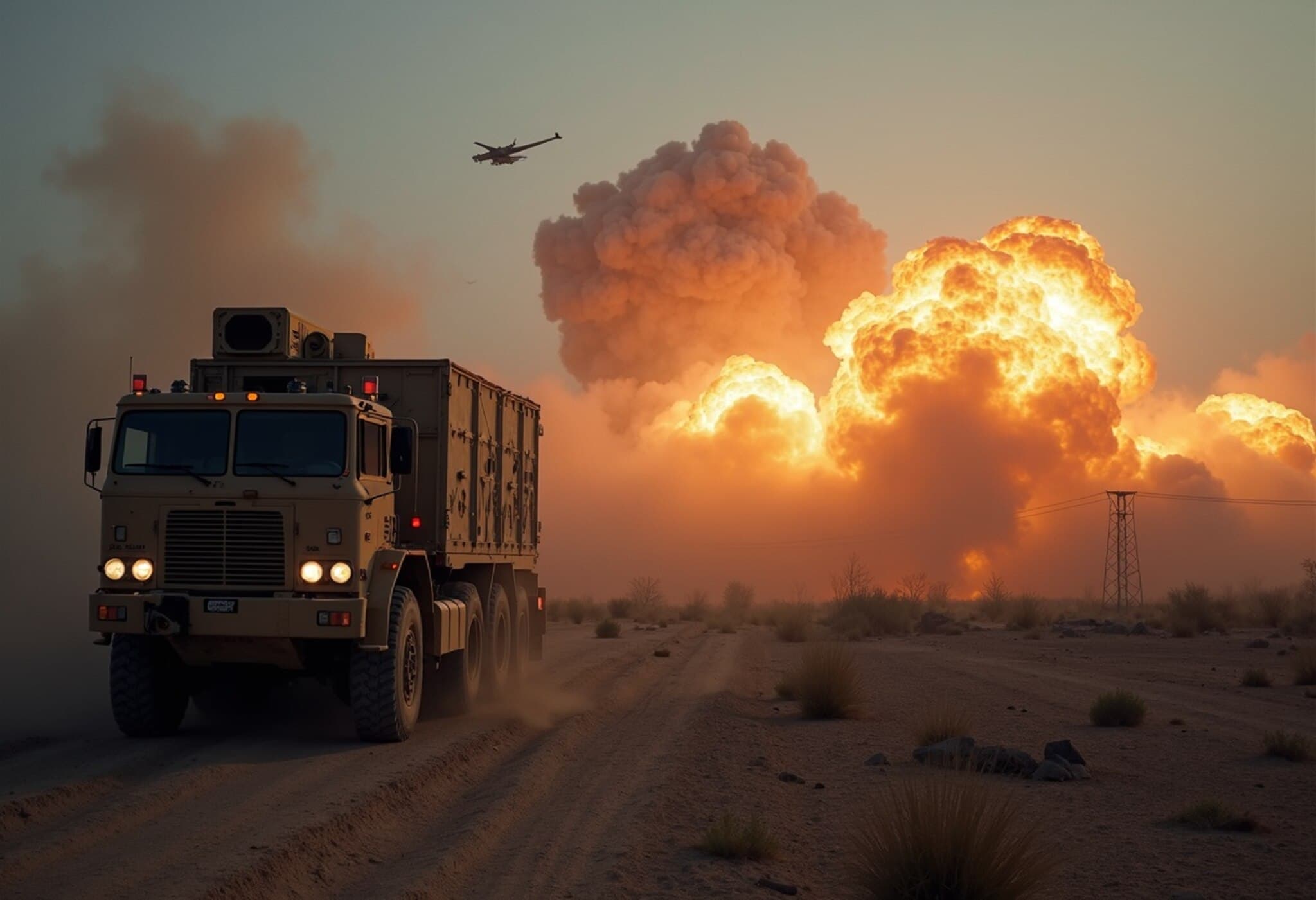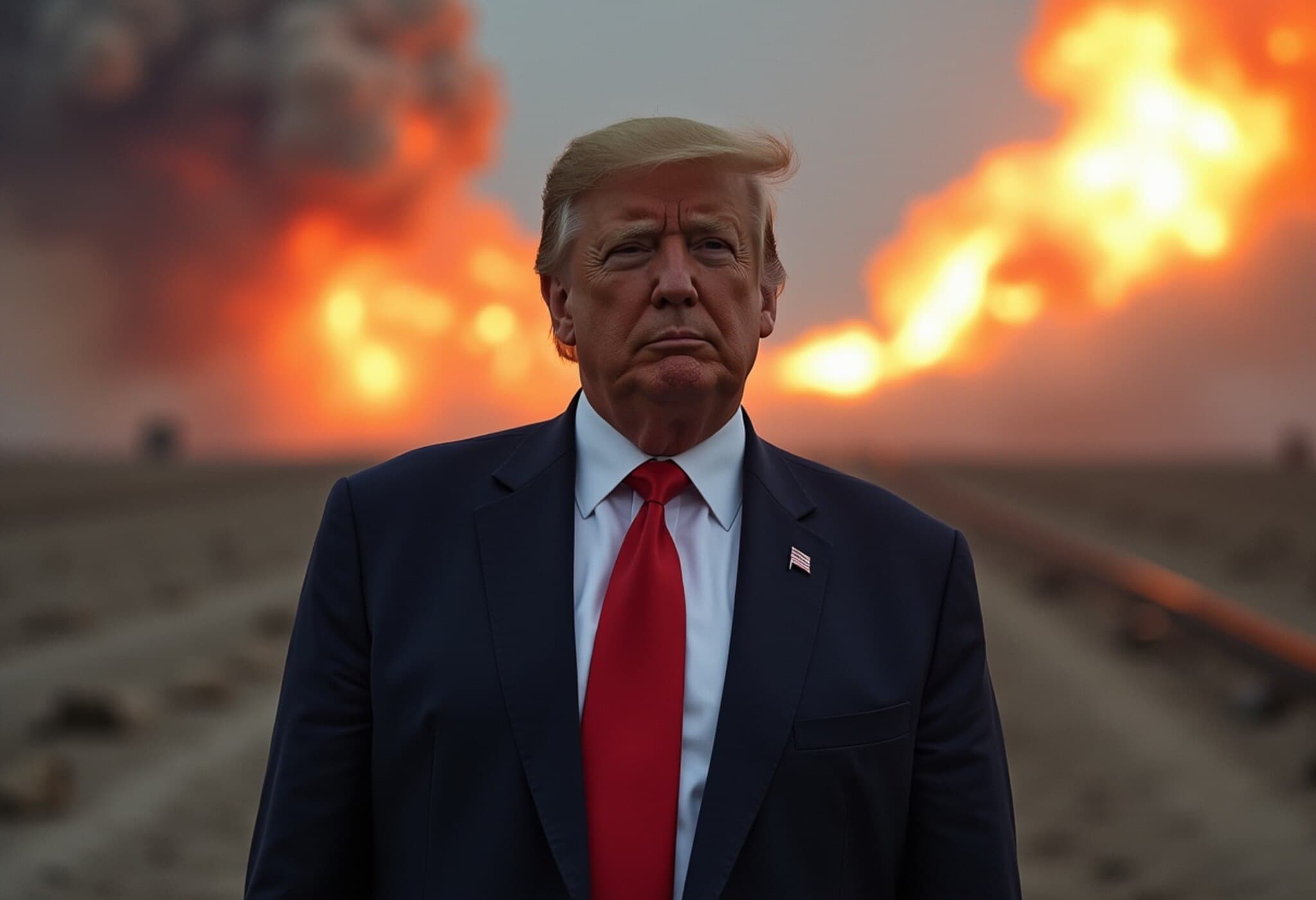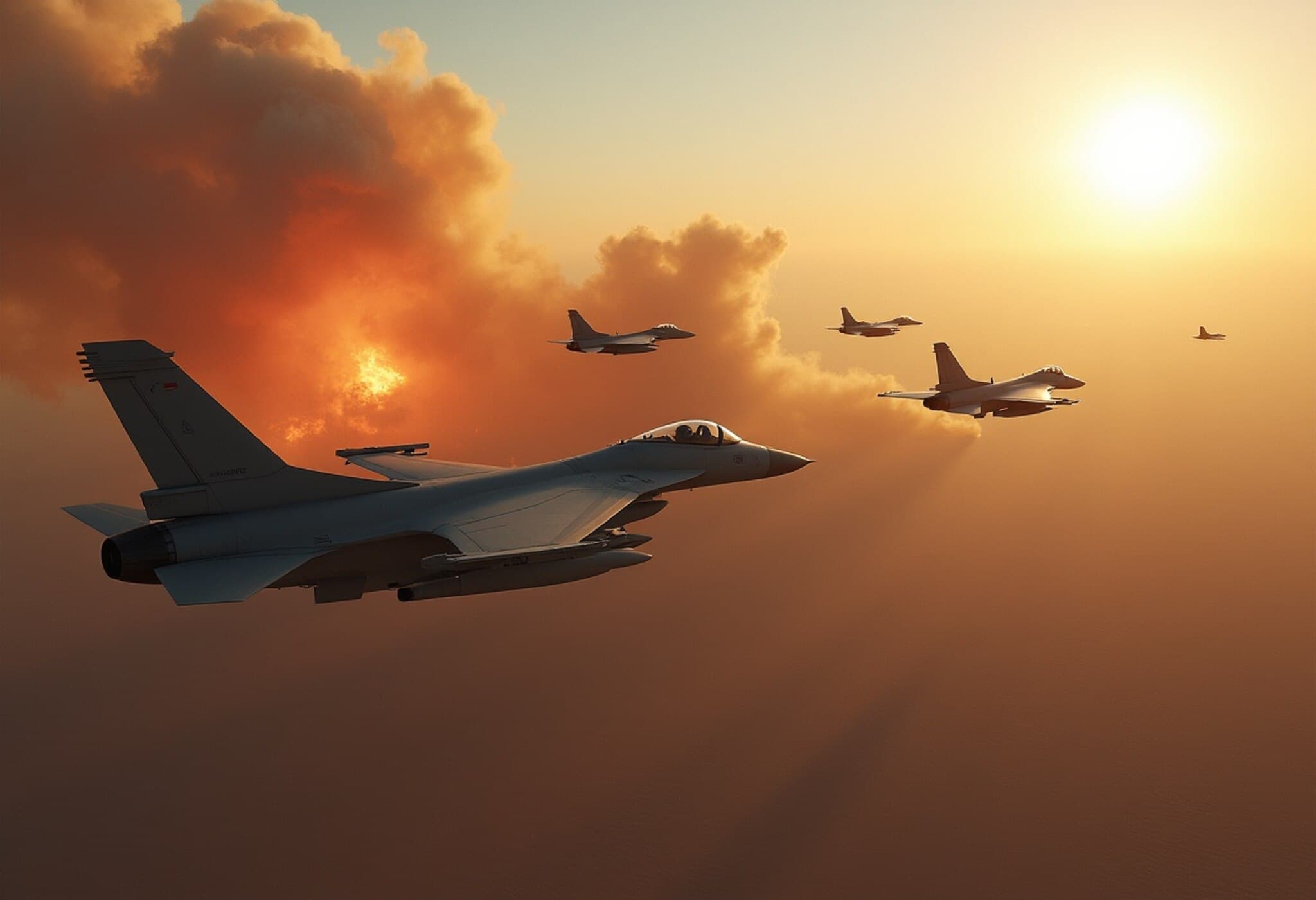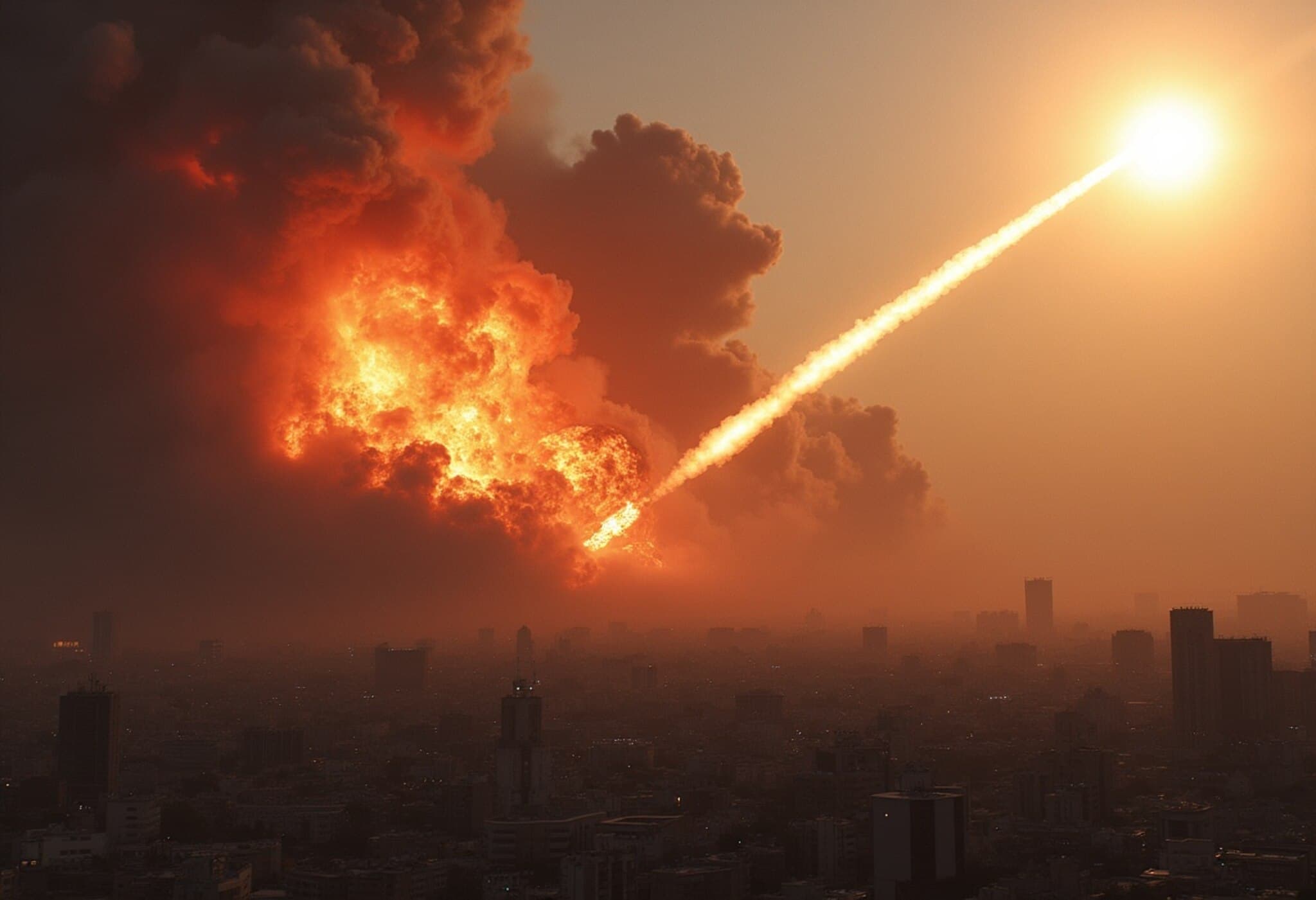US Strike on Iranian Nuclear Facilities: What Really Happened?
In June 2025, the United States conducted a high-profile military operation known as Operation Midnight Hammer, targeting three key Iranian nuclear enrichment sites. According to a recent detailed internal report revealed by NBC News, the impact of this strike paints a much more nuanced picture that contrasts sharply with the public boasts made by the Trump administration and Pentagon officials.
Assessing the Damage: One Site Hit, Two Largely Untouched
The operation notably damaged the Fordow nuclear site, which is constructed deep within a mountain near Qom, Iran. Experts and officials familiar with the classified assessment suggest that the damage to Fordow’s enrichment activities could delay Iran’s nuclear progress by as much as two years.
However, the same report highlights that two other critical facilities at Natanz and Isfahan escaped significant harm. This is largely attributed to the advanced underground fortifications protecting these sites, which rendered the first-ever combat use of GBU-57 “bunker buster” bombs less effective than anticipated.
Operation Plan: A Broader Campaign Cut Short
Military sources revealed that the initial blueprint called for a sequence of strikes aimed at crippling Iran’s nuclear infrastructure over several weeks. Yet, President Donald Trump reportedly intervened to halt the operation after the initial attack.
Consistent with his administration’s cautious approach to foreign military entanglements, Trump was reportedly wary of triggering a large-scale conflict and concerned about potential casualties on both sides. This decision underscores a complex balancing act in US-Iran relations, where military action is weighed against diplomatic and geopolitical ramifications.
Official Statements vs. Internal Reality
Publicly, the Trump administration maintained a narrative of overwhelming success. President Trump took to Truth Social to highlight “monumental damage,” calling the strikes “obliteration” and dismissing any contradictory reports as “fake news.”
The Pentagon echoed these sentiments, with spokesperson Sean Parnell declaring the Iranian nuclear sites “completely and totally obliterated,” reinforcing the administration’s message aimed at demonstrating US strength and deterrence.
But internal evaluations tell a more modest story. The limited effect on Natanz and Isfahan raises questions about the reliability of public government statements and the true efficacy of precision military strikes against well-protected underground facilities.
Regional and Policy Implications
- Iran’s Nuclear Ambitions: The limited damage may allow Iran to quietly expedite recovery efforts, complicating US and allied efforts to contain Tehran’s nuclear ambitions.
- US Military Strategy: The mixed results highlight challenges confronting modern military technology against subterranean targets, pushing the Department of Defense to reconsider the effectiveness of bunker busters against deeply embedded centrifuge halls.
- Political Calculations: Trump’s reluctance to escalate signals a broader skepticism within the administration about deep military engagements in the Middle East, despite hawkish rhetoric.
- Future Diplomatic Channels: The operation’s scaled-back approach might indicate preference for blending covert strikes with diplomatic maneuvering rather than overt, large-scale conflict.
The Iranian Response and the Road Ahead
Iran’s government has remained tight-lipped, neither confirming nor denying the scale of the damage. Historically, Tehran often downplays the impact of external strikes to maintain internal morale and regional standing. International observers and intelligence agencies will be watching closely to verify Iran’s nuclear site activities in the coming months.
Editor's Note
Operation Midnight Hammer reveals the complexities behind military operations cloaked in public bravado. It emphasizes the gap between initial claims and operational realities—raising critical questions about transparency, the efficacy of technological solutions in modern warfare, and strategic decision-making in volatile geopolitical landscapes. For policymakers and analysts alike, this case underscores the importance of scrutinizing official narratives and understanding the layered challenges in countering nuclear proliferation.

